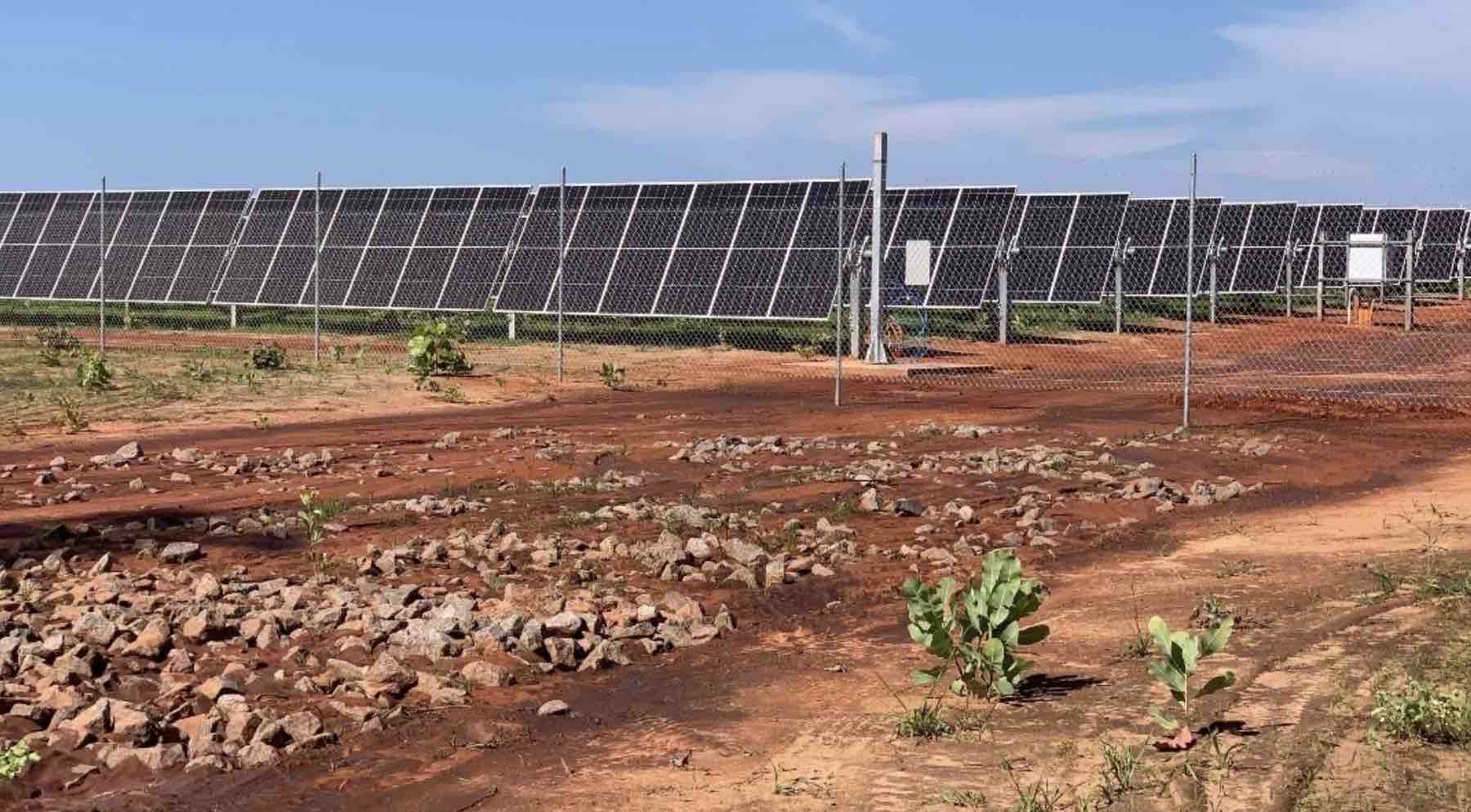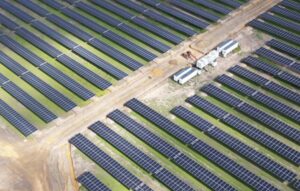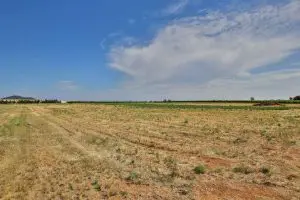The Northern Territory government energy utility Jacana has opened its tender for up to 100MW of large scale solar farms, with the specific requirement that each of the three solar projects come with their own grid forming batteries “so the network doesn’t fall over.”
The tender seeks three separate solar projects between 30MW and 35MW each, but because of the strict dispatch rules on the local grid, each will have to come with their own 10MW/10MWh battery.
These big batteries will have to be armed with “grid forming” inverters, rather than “grid following” inverters, which means that they need to have the ability to set their own path in the grid and provide key system services.
Jacana has already contracted three big solar farms in the NT, but two of these have not started generating because they do not have battery storage and cannot comply with the local grid requirements which require them to accurately forecast their output 24 hours in advance.
The owners of those solar farms argue that those rules were introduced after their won their contracts to build their solar projects, and they are contesting the rules in court. A third solar farm, at Katherine, has started generating limited amounts because it has a small battery storage system.
Jacana, however, is ploughing ahead with a new tender that explicit outlines the battery storage requirements and dispatch rules. It hopes to have the new solar farms, with batteries, on line in 2027 – still four years away and says it will contribute around 15 per cent of the territory’s 50 per cent renewable target for 2030.
“We are a very small network,” Luke Stapleton from Power and Water Corp, which sets the rules of the local grid, told a webinar explaining the tender last week. “They are there as a requirement so the network won’t fall over.”
The tender for power purchase contracts formally opened this week. It is seeking initial responses by the end of September. The successful projects are also being encouraged to locate within designated renewable energy hubs.
The Darwin-Katherine energy system has relatively low demand and features large amounts of rooftop solar, which is making inroads into the gas generators that continue to dominate the system. A 35MW one hour battery is being built in Darwin to allow less gas units to keep running as back up.










